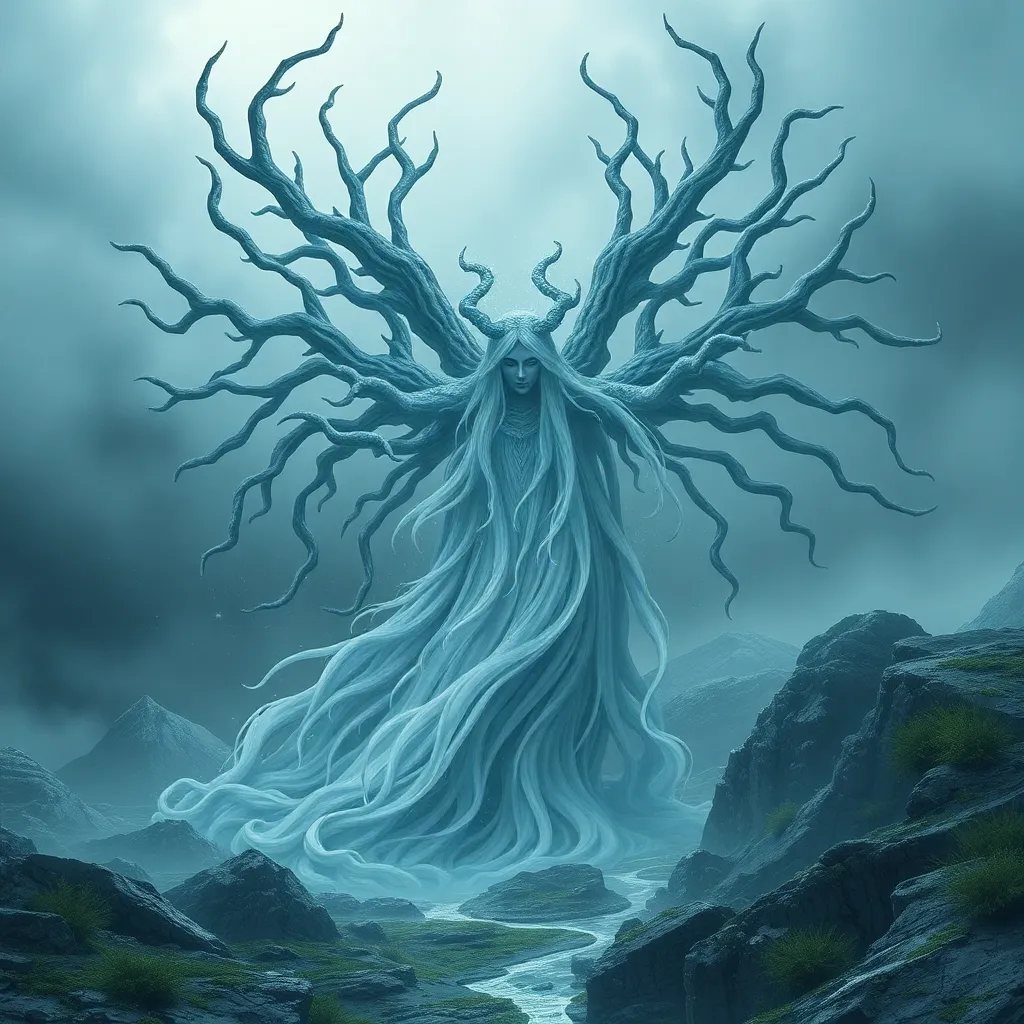The Tanuki in Film: Exploring the Evolution of Tanuki Representation
I. Introduction
The Tanuki, often referred to as the Japanese raccoon dog, is a creature steeped in folklore and cultural significance in Japan. With its ability to shapeshift and its playful, mischievous nature, the Tanuki embodies a blend of whimsy and wisdom, often serving as a trickster figure in various tales. The Tanuki is not only a beloved character in traditional stories but also a symbol of prosperity and good fortune, frequently associated with rice fields and agriculture.
This article aims to trace the evolution of Tanuki representation in film, examining how this iconic figure has transitioned from traditional folklore to modern cinematic portrayals, reflecting changes in societal values, environmental concerns, and cultural identity.
II. Historical Context of Tanuki in Japanese Folklore
The mythology surrounding the Tanuki has deep roots in Japanese culture. Originating from ancient tales, the Tanuki is believed to possess magical abilities, including shapeshifting and transformation. This mystical aspect has made the Tanuki a popular character in folklore, where it often plays the role of a benevolent trickster.
In traditional stories, the Tanuki is characterized by:
- Its ability to change form, often taking on the appearance of humans or objects.
- A playful demeanor, frequently engaging in pranks and tricks.
- A protective nature towards its environment and community.
These traits have allowed the Tanuki to be seen as both a source of humor and a figure of moral lessons, emphasizing the importance of balance and respect for nature.
III. Early Representations of Tanuki in Cinema
The portrayal of Tanuki in Japanese cinema can be traced back to the pre-war era, where it appeared in various films reflecting cultural themes of the time. Early representations often leaned heavily on traditional folklore, depicting the Tanuki as a playful character engaged in antics that highlighted its trickster nature.
In early animations and live-action films, the Tanuki was often shown:
- In lighthearted stories that emphasized humor and mischief.
- As a symbol of rural life, connecting audiences to the agrarian landscape of Japan.
These early films laid the groundwork for future representations, establishing the Tanuki as a beloved character in Japanese popular culture.
IV. The Influence of Studio Ghibli on Tanuki Representation
One of the most significant contributions to the portrayal of Tanuki in film has come from Studio Ghibli, particularly through their 1994 film “Pom Poko.” This film brought the Tanuki into the spotlight, showcasing its cultural importance and ecological themes. The film tells the story of a group of Tanuki fighting to protect their home from urban development.
The impact of “Pom Poko” can be summarized in several key themes:
- Nature and Environmentalism: The film emphasizes the connection between the Tanuki and their natural habitat, highlighting the importance of preserving nature in the face of modernity.
- Cultural Identity: The film explores themes of tradition versus progress, prompting viewers to reflect on the value of cultural heritage in a rapidly changing world.
Through its rich storytelling and stunning animation, Studio Ghibli has redefined the Tanuki’s role in cinema, presenting it as a protector of nature and a symbol of resilience.
V. Modern Interpretations and Adaptations of Tanuki
In recent years, the representation of Tanuki in contemporary films has evolved significantly. Modern interpretations often explore deeper themes and character development, moving beyond the traditional trickster archetype.
Contemporary films featuring Tanuki include:
- “The Great Tanuki War” – A narrative that focuses on the struggles of Tanuki in a rapidly urbanizing society.
- “Tanuki no Ken” – A film that delves into the personal journey of a Tanuki, exploring identity and belonging.
This shift in characterization reflects changing societal values, where the Tanuki is often portrayed as a more nuanced and relatable character, facing challenges that resonate with modern audiences.
VI. Tanuki in Global Cinema
While the Tanuki is primarily a figure of Japanese folklore, it has made appearances in global cinema, sometimes adapting to fit different cultural contexts. This cross-cultural interpretation has led to a variety of representations that can differ significantly from the traditional Japanese views.
Examples of Tanuki appearances outside Japan include:
- In American animated films, where Tanuki are often depicted as quirky sidekicks or comic relief.
- In European films that explore themes of nature and folklore, reimagining the Tanuki within local mythological frameworks.
These adaptations showcase the versatility of the Tanuki myth, allowing it to resonate with diverse audiences while retaining elements of its original symbolism.
VII. The Role of Animation in Shaping Tanuki Identity
Animation has played a crucial role in shaping the identity of the Tanuki in film. The artistic choices made in animated films significantly influence how audiences perceive this character. Different animation styles can evoke various emotions and themes that enhance the storytelling experience.
Key animated films that have shaped Tanuki representation include:
- “Pom Poko”: Utilizes a blend of traditional and modern animation techniques to emphasize the magical aspects of Tanuki.
- “The Tale of the Princess Kaguya”: Features a unique artistic style that highlights the ethereal qualities of Tanuki folklore.
These films demonstrate how animation can breathe life into the Tanuki, allowing it to embody both the whimsical and profound aspects of its character.
VIII. Conclusion
The evolution of Tanuki representation in film reflects broader cultural shifts and an ongoing dialogue about nature, identity, and tradition. From its origins in folklore to its modern cinematic portrayals, the Tanuki remains a significant figure in Japanese culture.
As we look to the future, it is clear that the Tanuki will continue to evolve, adapting to new societal contexts while maintaining its rich heritage. The Tanuki’s journey in film serves as a reminder of the importance of storytelling in preserving cultural identity and addressing contemporary issues.



